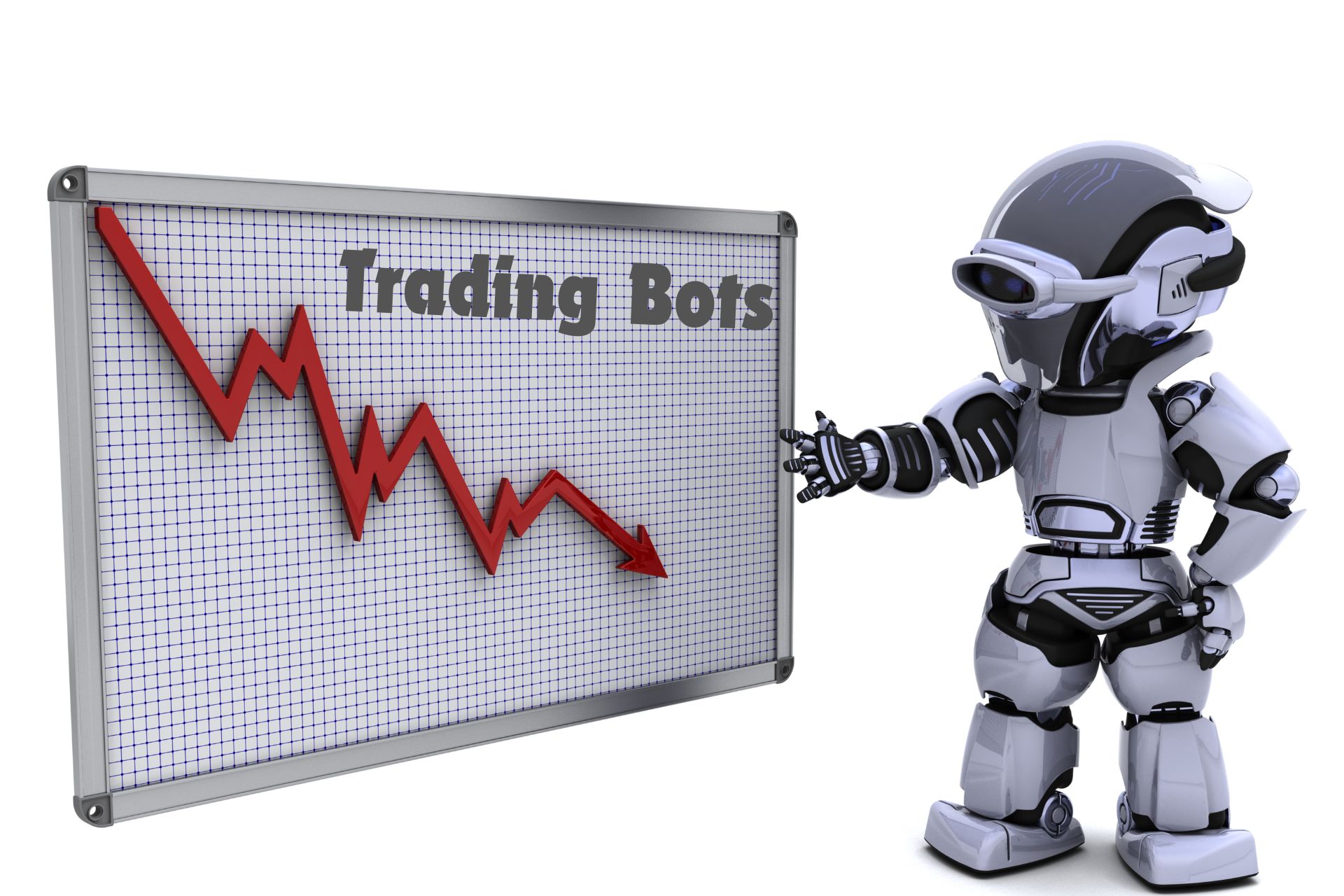Trading
The Rise of Trading Bots: Revolutionizing Financial Markets

In the ever-evolving world of finance, trading bots have emerged as powerful tools for both individual investors and institutional traders. These automated systems, designed to execute trades based on pre-set criteria, have revolutionized the way we approach the financial markets. Understanding what trading bots are, how they function, and their impact on trading can provide valuable insights for anyone interested in modern finance.
What Are Trading Bots?
Trading bots are software programs that interact directly with financial exchanges to place buy or sell orders on behalf of the user. They operate based on algorithms that can range from simple rules like moving averages to complex strategies involving artificial intelligence and machine learning. By automating the trading process, bots can execute trades at speeds and frequencies that are impossible for humans to match.
How Trading Bots Work
At their core, trading bots analyze market data, identify trading opportunities, and execute trades automatically. They do this through several key steps:
- Data Analysis: Bots continuously analyze market data, including prices, volumes, and trends. They use this information to identify potential trading opportunities.
- Signal Generation: Based on the data analysis, bots generate trading signals. These signals indicate whether to buy, sell, or hold a particular asset.
- Risk Management: Bots incorporate risk management strategies to minimize potential losses. This can include setting stop-loss orders and adjusting position sizes based on market conditions.
- Execution: Once a trading signal is generated, the bot executes the trade automatically. This involves placing orders directly on the exchange, ensuring timely and accurate execution.
Types of Trading Bots
There are several types of trading bots, each designed to fulfill different trading strategies and objectives:
- Arbitrage Bots: These bots exploit price differences between different exchanges or markets. They buy an asset at a lower price on one exchange and sell it at a higher price on another, profiting from the discrepancy.
- Market-Making Bots: Market-making bots place both buy and sell orders to profit from the spread between the bid and ask prices. They provide liquidity to the market and can earn a steady income from small price differences.
- Trend-Following Bots: These bots analyze market trends and follow them. If a trend is identified, the bot will buy assets in an uptrend and sell them in a downtrend, aiming to profit from sustained market movements.
- Mean Reversion Bots: Based on the principle that prices will revert to their mean over time, these bots buy assets that have fallen significantly and sell those that have risen excessively, betting on price corrections.
Advantages of Using Trading Bots
Trading bots offer numerous advantages that make them appealing to traders of all levels:
- Speed and Efficiency: Bots can process and analyze vast amounts of data in real-time, allowing them to execute trades faster and more efficiently than human traders.
- Emotion-Free Trading: Bots operate based on pre-defined rules, eliminating emotional decision-making that can lead to impulsive and irrational trades.
- 24/7 Market Monitoring: Unlike human traders, bots can operate around the clock, ensuring that no trading opportunities are missed, especially in markets that never close, like cryptocurrency.
- Backtesting and Optimization: Bots can be backtested using historical data to refine and optimize trading strategies before deploying them in live markets.
- Consistency and Discipline: Bots follow their programmed strategies consistently, ensuring disciplined execution without deviation.
Challenges and Risks of Trading Bots
While trading bots offer significant advantages, they also come with challenges and risks that traders must be aware of:
- Technical Failures: Bots rely on complex algorithms and software that can malfunction or experience technical issues, leading to potential losses.
- Market Volatility: In highly volatile markets, bots may struggle to adapt quickly enough, resulting in losses. Rapid market movements can also lead to slippage and unexpected outcomes.
- Over-Optimization: Over-optimizing a bot based on historical data can lead to poor performance in live markets. Strategies that work in the past may not necessarily succeed in the future.
- Security Risks: Bots that interact directly with exchanges can be vulnerable to hacking and security breaches, risking the safety of funds and data.
- Regulatory Concerns: The use of trading is subject to regulatory scrutiny. Traders must ensure compliance with relevant laws and regulations to avoid legal issues.
The Future of Trading Bots
The future of trading looks promising as technology continues to advance. Innovations in artificial intelligence and machine learning are expected to enhance the capabilities of trading, making them more sophisticated and adaptive. Additionally, the increasing accessibility of these tools means that more retail investors can leverage automated trading to improve their portfolios.
Conclusion
Trading have undoubtedly transformed the landscape of financial markets, offering speed, efficiency, and consistency that manual trading cannot match. However, they also come with their own set of challenges and risks. As the technology evolves, the potential for trading to democratize access to sophisticated trading strategies and enhance market efficiency will continue to grow. Whether you are a seasoned trader or a novice investor, understanding and leveraging trading can provide a competitive edge in the dynamic world of finance.

-

 bitcoin6 months ago
bitcoin6 months agoTintucbitcoin: Your Comprehensive Guide to Cryptocurrency News and Insights
-
Uncategorized12 months ago
Hello world!
-

 Reviews6 months ago
Reviews6 months agoCrypto.com Reviews: What Users Are Really Saying About the Platform?
-

 crypto6 months ago
crypto6 months agoThe Impact of Recent Legislation on Crypto Tax Rates: What You Should Be Aware Of
-

 news6 months ago
news6 months agoKitchen Hack: How to Measure 1/4 Cup in Tablespoons
-

 Doctor6 months ago
Doctor6 months agoMeet Beth Grosshans: The Expert in Child and Adolescent Psychology
-

 crypto6 months ago
crypto6 months agoDecoding the Algorithm: How Do Crypto Trading Bots Work?